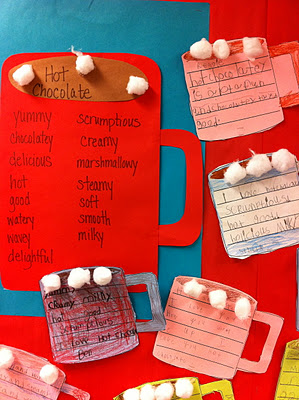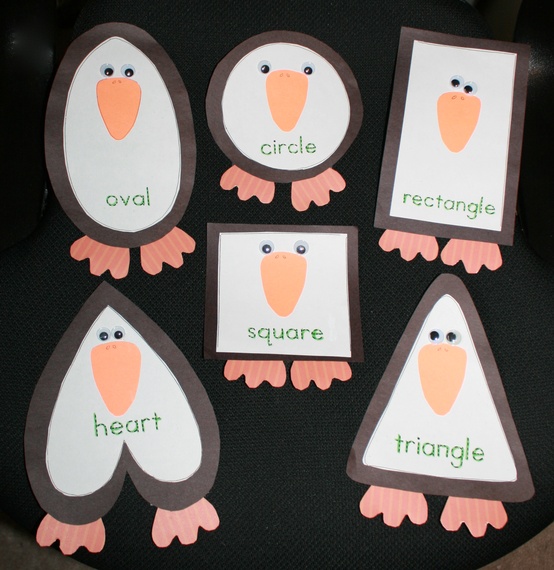I read a really cool article in Stanford Magazine… Lewis Terman’s study gets talked about a lot but I really enjoyed the way this article looked at his research. Here is the link for the article:
http://alumni.stanford.edu/get/page/magazine/article/?article_id=40678
I discuss the topic below:
I have heard and read a lot about the famous Lewis Terman. Lewis Terman made a stamp on the field of education forever with his adapted version of a test created by a French psychologist. Psychologist Alfred Binet was commissioned by the French government to create a way to find ‘intellectually deficient’ children in order to place them in special education. Although Binet was looking to identify ‘intellectually deficient’ students, Lewis Terman was far more interested in the other end of intelligence. Terman altered this test to create the Stanford-Binet Intelligence Scales and IQ suddenly was (and still is) a topic of great interest to psychologists and educators everywhere. In addition to this Lewis Terman began an investigation of students he believed to be what he called ‘gifted’ in what is arguably the most prolific longitudinal study of all time.
“Terman was obsessed with intelligence. He had deep sympathy for the gifted, identifying with their yearnings and frustrations”
More than 1000 ‘extraordinary’ children were tracked for more than 80 years. These students were selected based on having a very high IQ (135+) and teacher or principal nomination. Terman wanted to create a record of all the details of these children’s lives. He recorded information about their health, their interests, how many books they had at home and how much money their parents made.
There has always been controversy around labelling students with learning disabilities, or students with ADHD. The fear is that students with those labels will be treated differently by others and will think differently of themselves.
I think the same consequences apply when we opt to call a child gifted. This label will invariably change the way others see and treat the child, and the way the child feels about themselves.
Take this interesting example:
Russell Robinson (former director of aeronautical research at NASA)
“Sometimes, the problems got so complex I would ask myself, Am I up to this? Then I would think, Dr. Terman thought I was.”
Being chosen as a ‘termite’ obviously had incredible impact on his self esteem and his beliefs of self-efficacy. Although gifted students are objectively (as measured by their IQ) ‘smart’ as aspiring educators we should not make the mistake of thinking that this means they do not need the same amount of support as other students. Although the ‘Termites’ were undeniably succesful for the most part (Termites earned bachelor’s degrees at 10X the national rate), being gifted did not necessarily give them an easy ticket through life.
Take a look at this interesting excerpt from the article:
“Some died young from accidents, diseases or suicide. A few were arrested; one went to prison for forgery. About 40 percent of the men served in World War II. Five men died in combat, while two were killed in war-industry accidents. As a group, Terman’s kids got divorced, committed suicide and became alcoholics at about the national rate. They were no more — and no less — stable than the general population.”
In fact according to Special Education in Ontario Schools (Bennet et al) “While some fare well at school, other students who are gifted may underachieve”.
This statement makes it clear to me- Just because a student is gifted, this doesn’t mean they don’t need or deserve your support.





